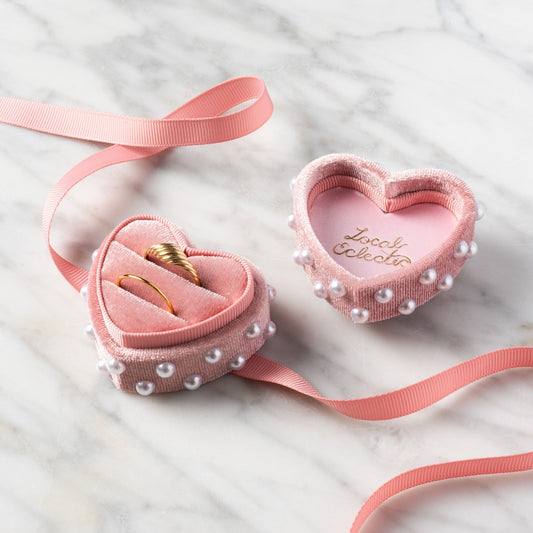
Solid Gold Diamond Pave Dome Ring
Who doesn’t love a good diamond? This classic stone is known by all, endlessly referenced in pop culture, and a favorite in fine jewelry. But diamond prices can vary dramatically, as can the look of the stone. As a natural substance, no two diamonds are exactly the same. They all have subtle differences which affect the size, color, sparkle factor, and most importantly, price of the gem. Read on for everything you need to know about the differences in diamonds that affect their quality.
The 4 C’s of Diamond Quality
There are four agreed upon qualities in a diamond that affect its quality and price.
Diamond Cut
The cut of a diamond affects it’s sparkle and brilliance, and these factors depend on how light hits the diamond and what happens to that light once it hits. For a diamond to be extra sparkly, you want the light to bounce around and reflect inside of the stone (referred to as light performance), and this is achieved through cutting the diamond with different facets. When a diamond is cut and polished, it’s cut is graded as either fair/poor, good, very good, or excellent. The better the cut, the higher the sparkle and also the price tag.
Diamond Color
Diamonds come in in all different colors from pink to black, but most often used in jewelry are white diamonds. White diamonds are graded with letters D-Z, D being virtually colorless and Z being yellow. The closer a diamond is to colorless, the more sparkle you’ll see. The most common colors in fine jewelry are “near colorless” G-J. The less color in a diamond, the more rare it is and the more expensive it will be.
Diamond Clarity
Clarity of a diamond depends on how many imperfections it has. These imperfections are known as inclusions and are common in natural diamonds, and they’re also what makes every diamond unique. The more inclusions a diamond has, the less sparkly it will be. Clarity is graded using letter and number abbreviations, FL meaning flawless with 0 inclusions (which is extremely rare), to I1 meaning included 1 which means the diamond has inclusions that can be seen by the naked eye. More inclusions aren’t necessarily a bad thing depending on where the inclusions are in the stone and how the other 4 c’s are graded.
Diamond Carat
A carat is the weight measurement of a diamond. Carat weight impacts the size of a diamond, but it’s not the size measurement (diamond size is measured in millimeters). The higher the carat, the more rare and therefore the more expensive the gem will be. If a diamond is cut well, it can end up looking even larger than its carat weight would imply, proving that you always want to consider all four factors when choosing a diamond.
Choosing Your Diamond

Shop the Look: 14K Gold Diamond Sunflower Ring, Flower Diamond Engagement Ring, Pleiades Ring, Flora Diamond Ring, Marquise Crown Diamond Ring
Choosing a diamond has everything to do with personal preference and budget. Would you rather your diamond be bigger or as colorless as possible? Is sparkle more important to you than perfection? Are you searching for a piece that’s as budget friendly as it is stunning? All of these factors will determine which of the 4 C’s you want to pay the most attention to. At the end of the day, any diamond that you find beautiful is the perfect diamond for you.
Learn more about the facts, myths, and meaning behind diamonds here, and whether you’re window shopping or ready to treat yourself, you can scroll through all the pretty diamond pieces at every price point in our diamond collection.





